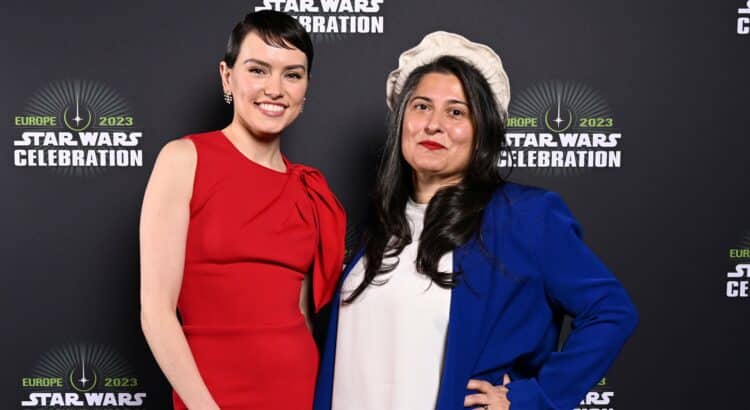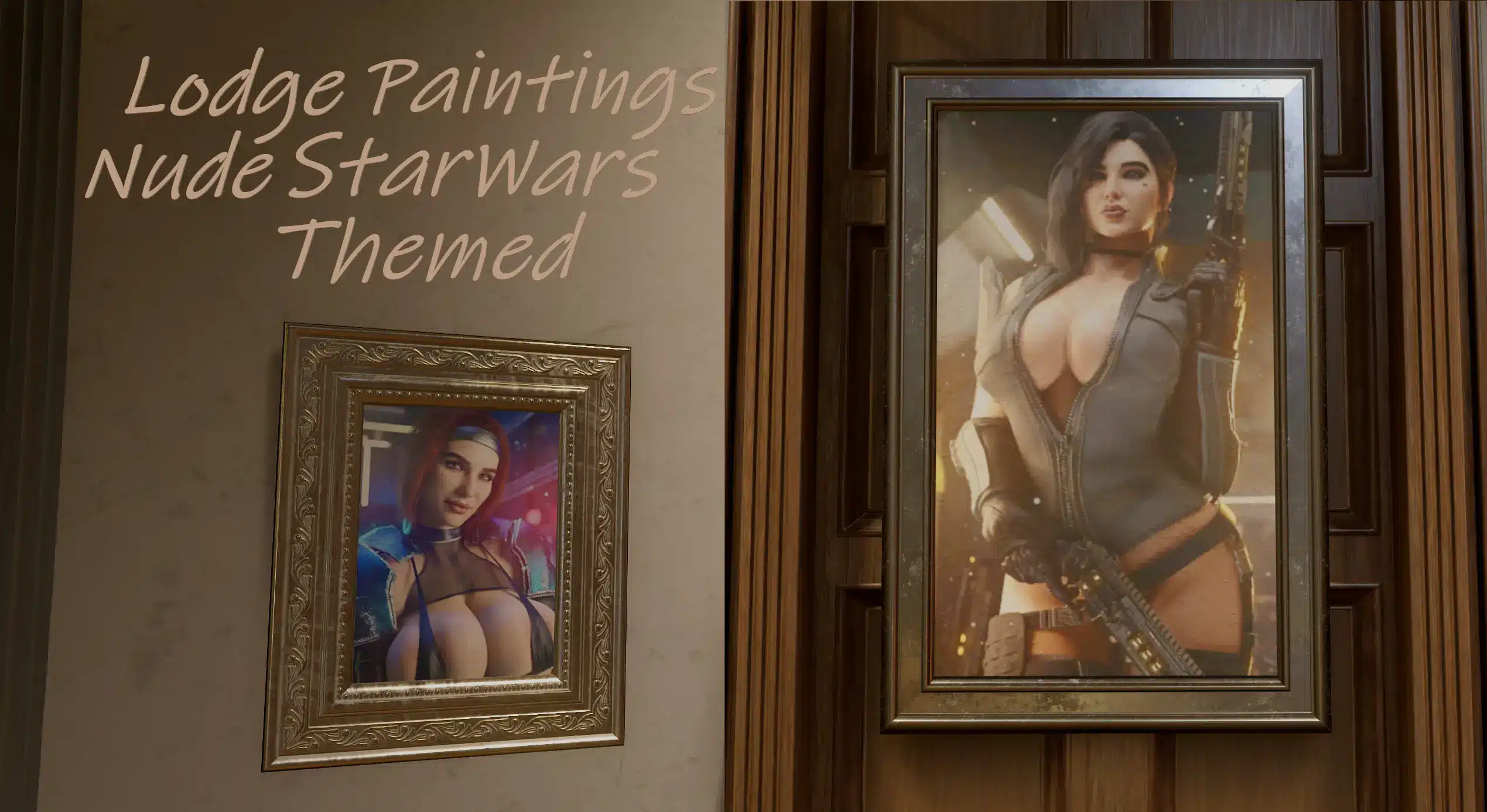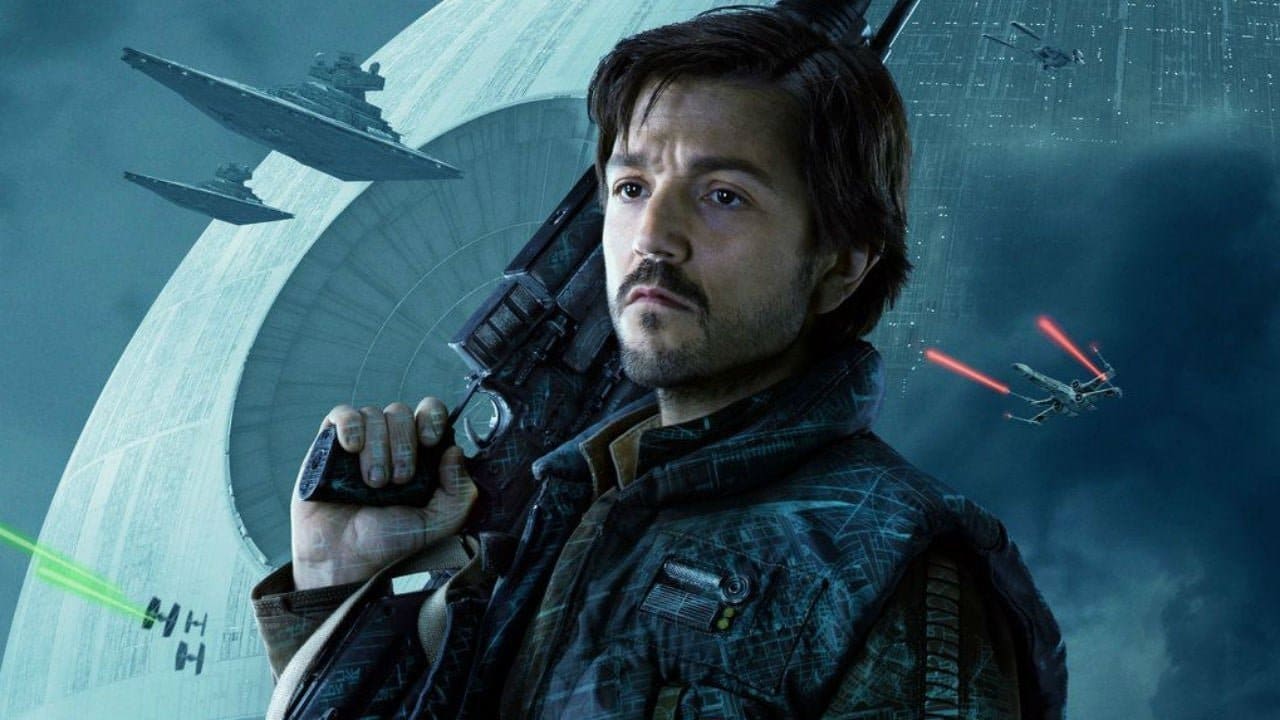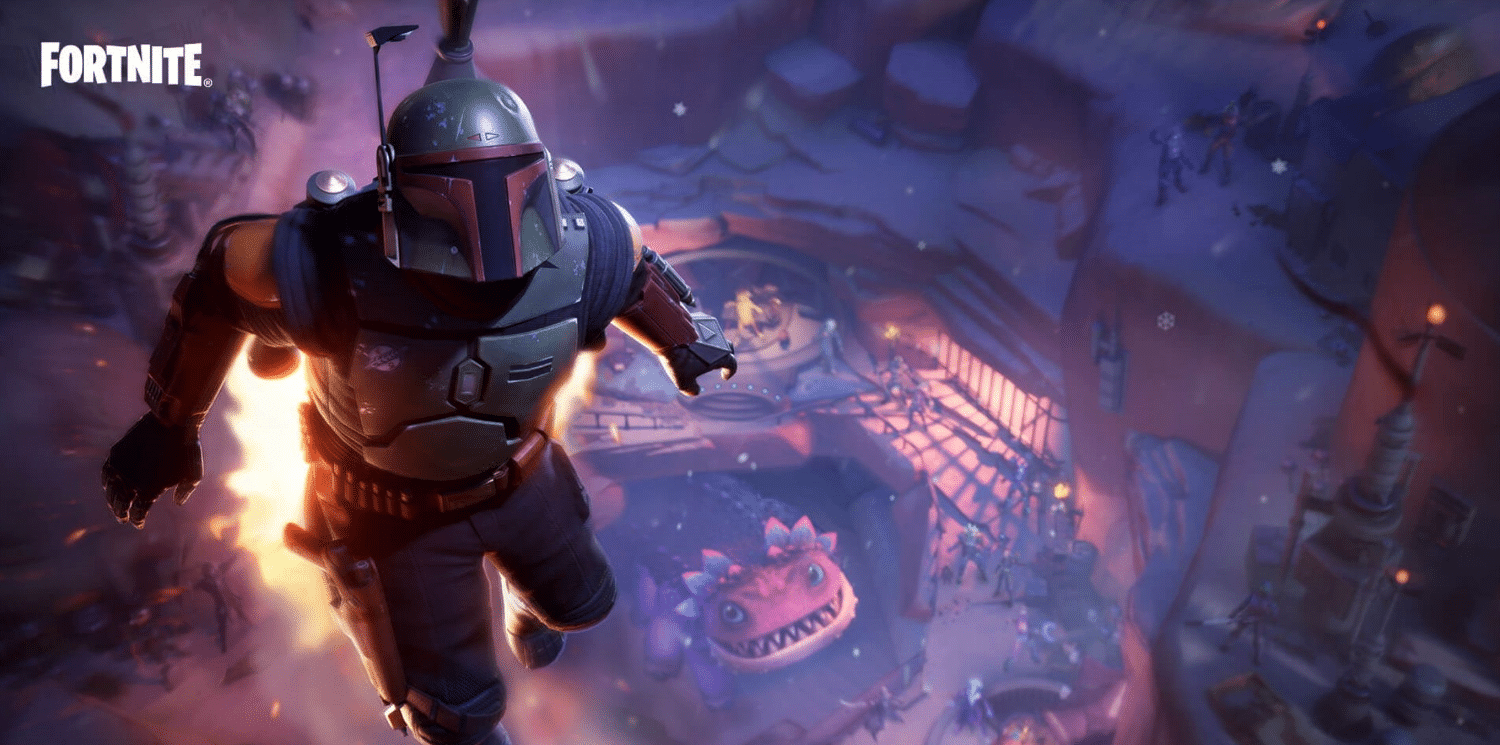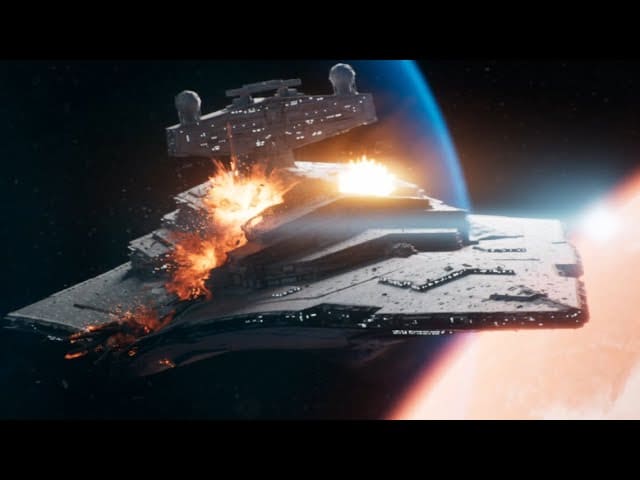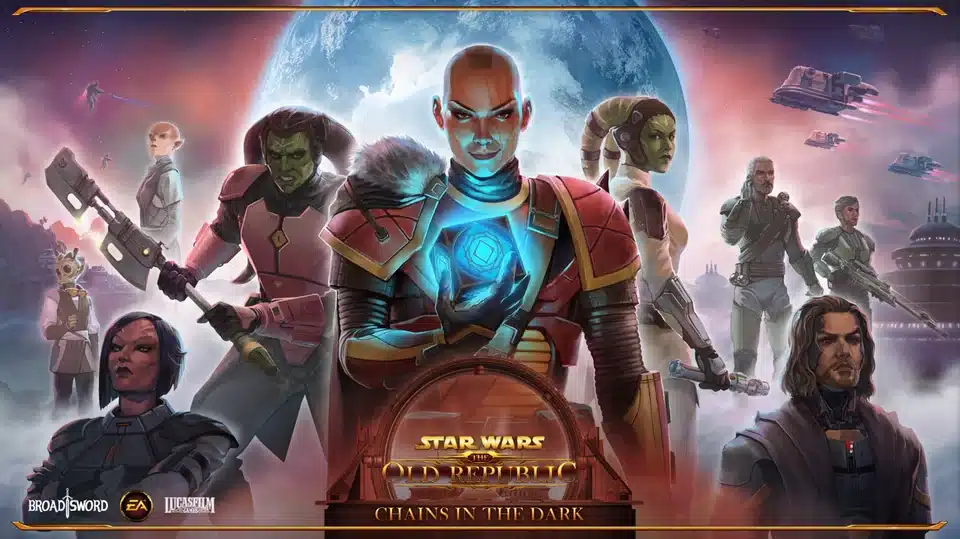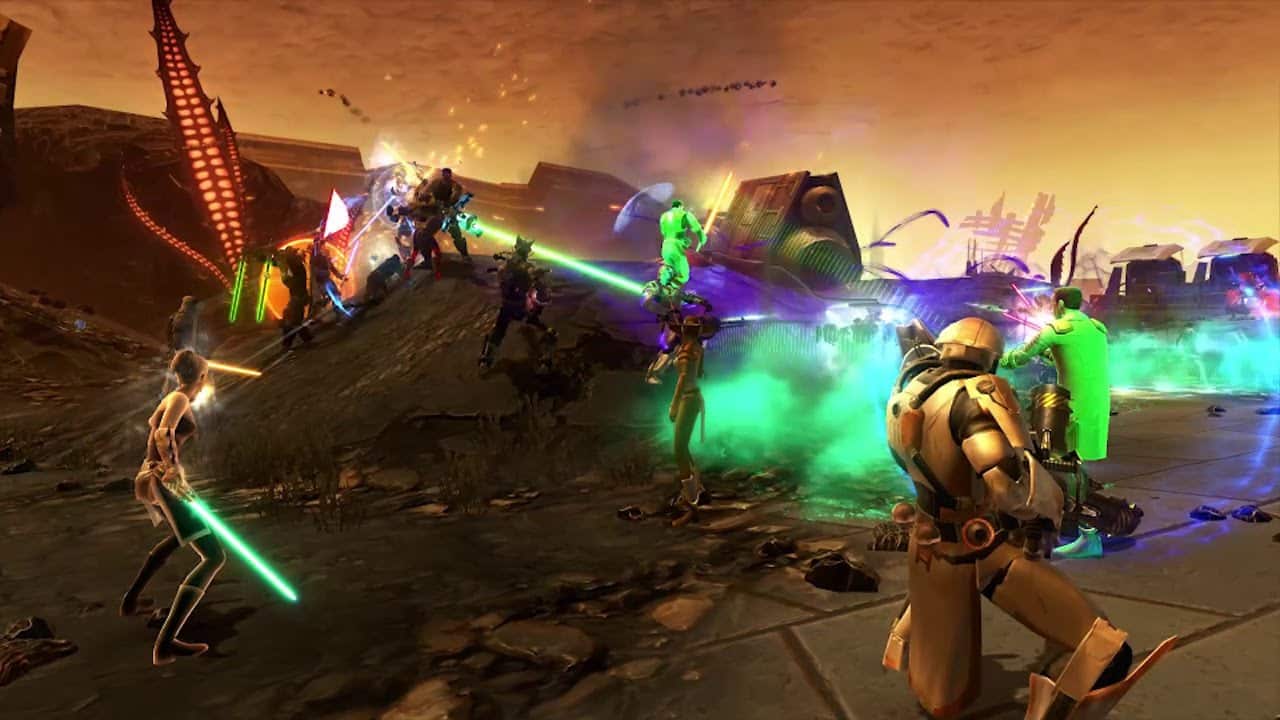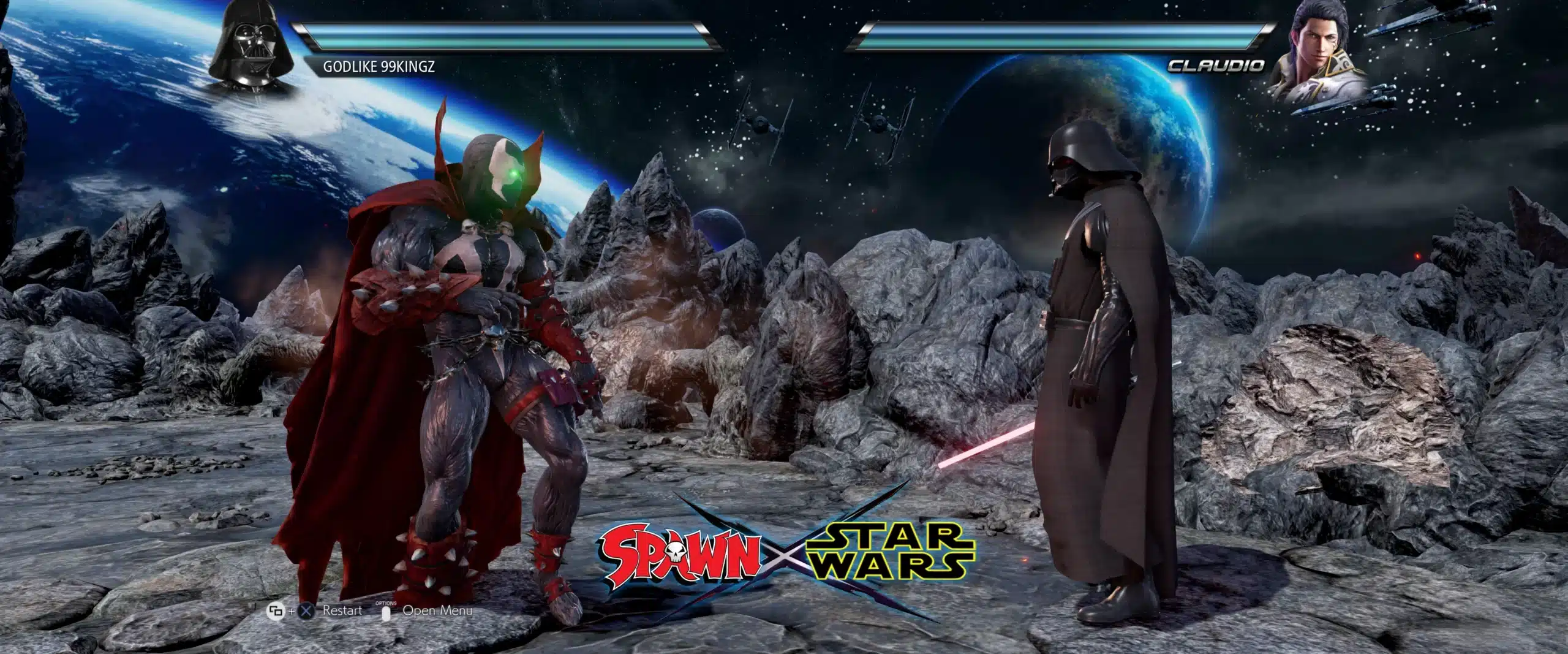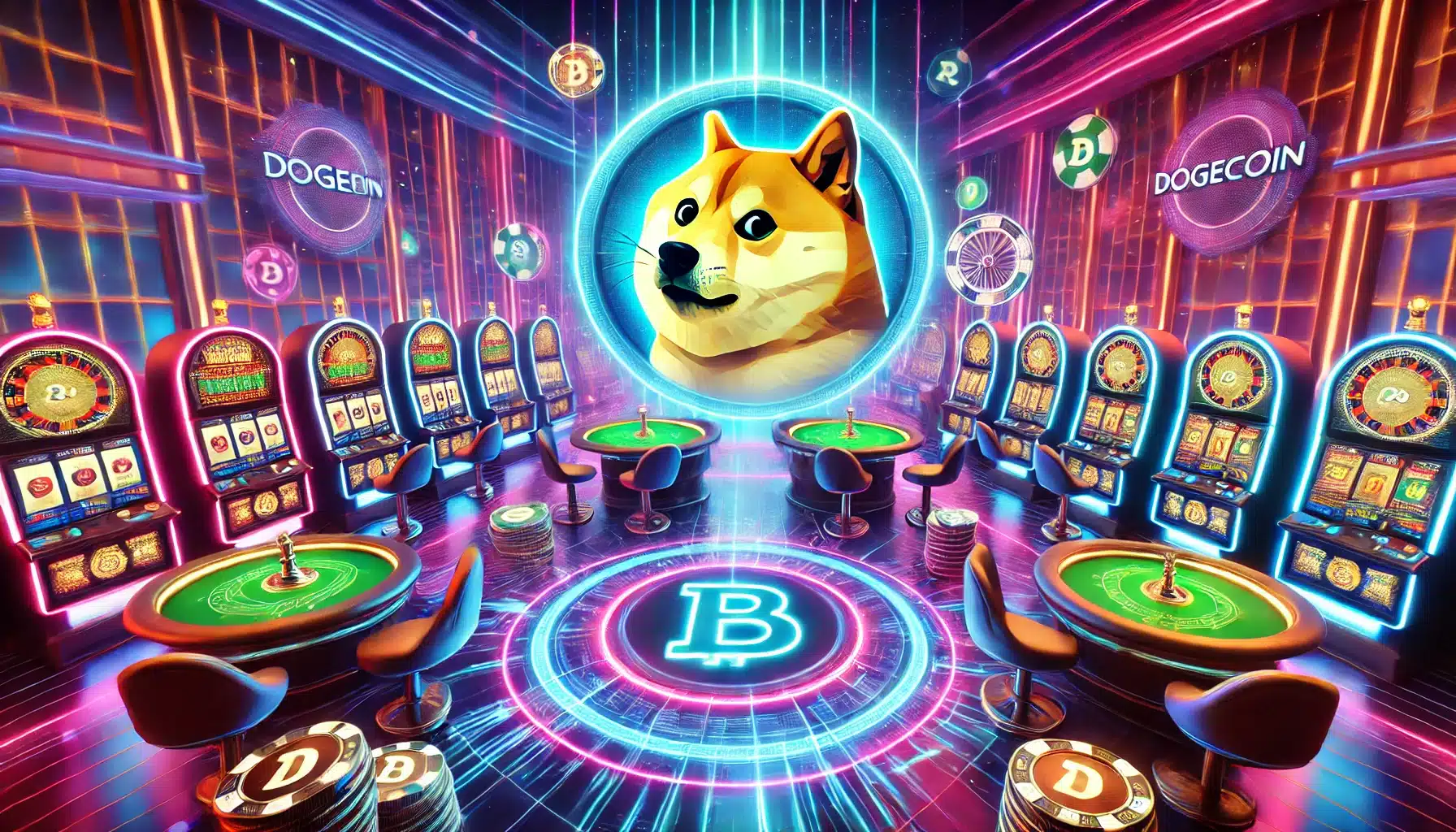Ever since Disney took the reins of the Star Wars universe in 2012, there has been much debate about whether the franchise has taken a meaningful step towards female empowerment or if it’s merely dressing up tokenism in a shiny space opera cloak. With the Sequel Trilogy introducing a female protagonist, Rey, alongside other strong female characters such as Leia Organa, Vice Admiral Holdo, and Jyn Erso, Disney has undoubtedly diversified its cast. But is this progress real, or is it performative feminism with a thin veneer of empowerment? Let’s take a humorous, yet balanced look at how Disney has handled these galactic women.
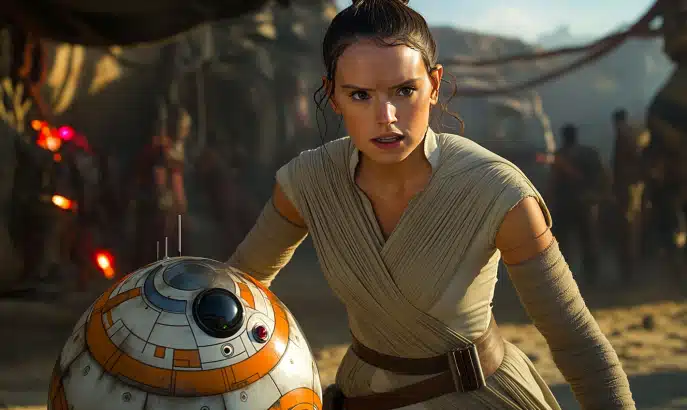
Rey: The Jedi Who Flies into a Storm of Criticism
Ah, Rey. The scavenger-turned-Jedi who is, without a doubt, the face of Disney’s new Star Wars era. Introduced in The Force Awakens (2015), she’s a breath of fresh air for many fans and a force-sensitive mystery who rises from the sands of Jakku. But her journey to becoming the galaxy’s latest lightsaber-wielding legend hasn’t been without controversy.
On one hand, Rey represents a bold move. For the first time in Star Wars history, the central character in a trilogy is a woman. She’s strong, resourceful, and, like most Jedi, able to do those mind-bending backflips we’ve all tried (and failed) to imitate on our living room floors. She’s an inspiring figure who gives little girls a new kind of hero to look up to. But—there’s always a “but”—critics have labeled her a “Mary Sue,” a term used to describe an overly idealized character who can seemingly do no wrong.
The criticism stems from the fact that Rey’s character appears to pick up the mantle of Jedi powers with remarkable ease. She seems to have little to no formal training and yet manages to defeat seasoned fighters like Kylo Ren (cue dramatic music). Sure, Luke Skywalker had his moments of instant brilliance in the Original Trilogy, but Rey’s abilities often leave audiences wondering: is she a fleshed-out character, or merely an embodiment of an overly simplified empowerment fantasy?
While Disney certainly gets points for putting a woman at the forefront of Star Wars, Rey’s rapid rise to power feels more like a checklist completion than a deep, earned character arc. Empowerment, after all, requires depth, struggle, and growth—not just wielding a lightsaber like it’s no big deal.
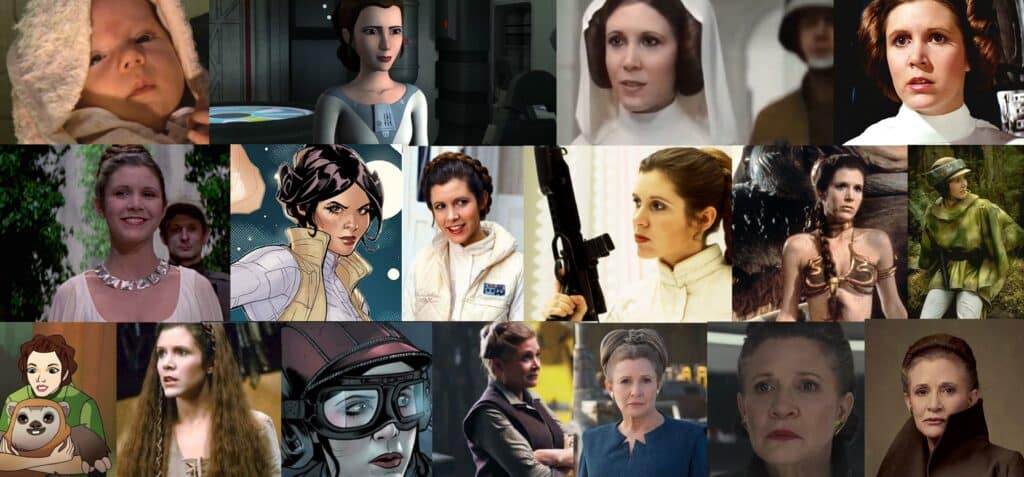
Leia Organa: From Rebel Princess to General
There’s no denying that Princess Leia was ahead of her time in the Original Trilogy. She was a sharp-tongued, blaster-wielding leader in an era when women in sci-fi were often relegated to being damsels in distress. Disney’s acquisition of Star Wars gave Leia, now General Organa, a renewed sense of authority and power. She isn’t just leading the rebellion this time—she is the rebellion.
In The Force Awakens, Leia is portrayed as a wise, battle-hardened general. She’s seen commanding respect from everyone around her, and she plays a key role in guiding the younger generation (including Rey and Poe) through the trials of intergalactic warfare. Leia’s character is a prime example of what it looks like when female empowerment feels authentic. She’s a veteran of the fight, both on the battlefield and in her personal life, and her leadership feels earned and organic.
Yet, the loss of Carrie Fisher during the production of the Sequel Trilogy undeniably affected Leia’s arc. In The Rise of Skywalker, her presence is cobbled together using unused footage and CGI wizardry. While her legacy remains intact, Leia’s final moments on screen feel somewhat diminished, a shadow of the iconic figure we’ve come to love. Still, her role as a strong female leader, one who transcends traditional gender roles, provides a clear and genuine example of female empowerment.
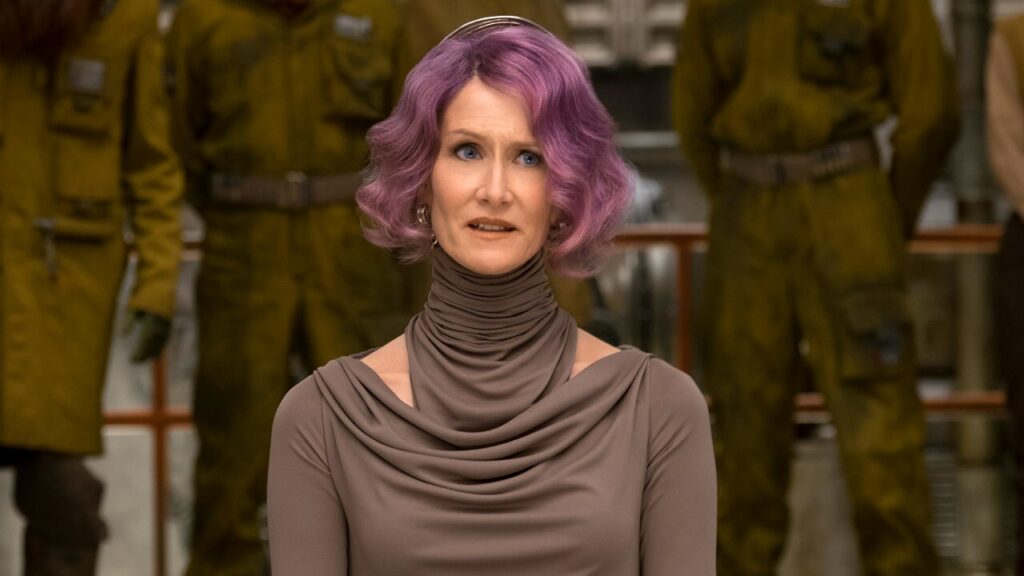
Vice Admiral Holdo: A Masterclass in Purple-Haired Leadership (Sort Of)
Enter Vice Admiral Holdo (The Last Jedi, 2017). A new female leader, commanding the Resistance fleet with poise and grace… and a purple hairdo that would make even Prince jealous. Played by Laura Dern, Holdo is a character that had the potential to be a standout example of female leadership. She’s calm under pressure, strategic, and—let’s be honest—kind of terrifying when she orders the fleet to go full lightspeed into a First Order cruiser.
But here’s where things get sticky. Despite her pivotal role in one of the most jaw-dropping moments in The Last Jedi, Holdo’s character is, quite frankly, underdeveloped. We learn very little about her beyond her rank and her plan to save the Resistance. Her reluctance to share her plan with the hot-headed Poe Dameron may have been part of a broader point about respecting authority, but it left audiences feeling disconnected from her character. Fans either loved her for being no-nonsense or found her infuriatingly opaque.
Holdo’s character, much like Rey’s, raises the question of whether Disney is creating fully realized female characters or merely filling quota boxes. Is Holdo truly an empowered, multi-dimensional leader, or is she just there to show that the Resistance has a diverse leadership team? Her brief arc doesn’t provide us with much to latch onto emotionally, making her more of a symbolic figure than a truly transformative one.
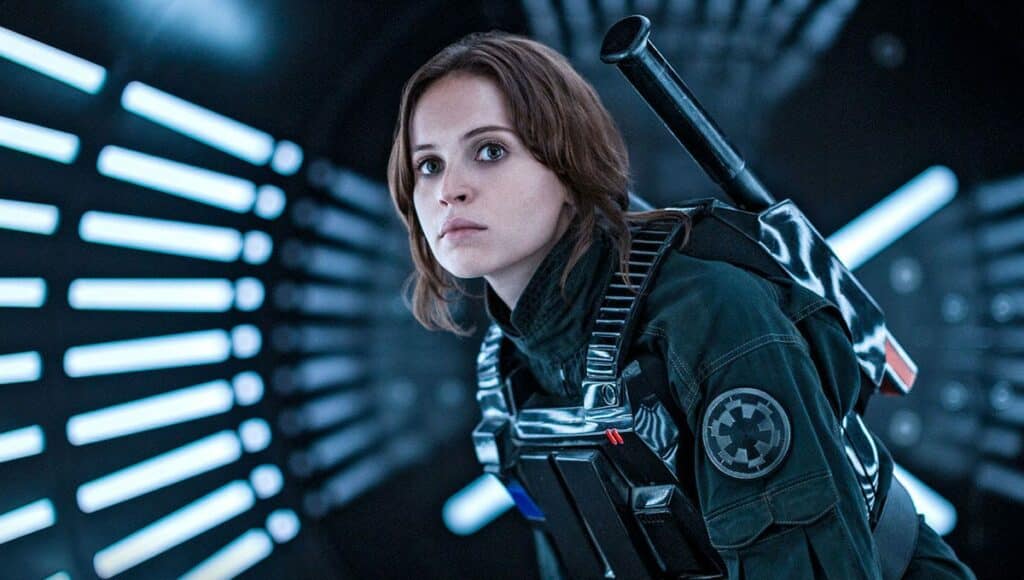
Jyn Erso: The Reluctant Heroine Who Actually Kicks Some Galactic Butt
Of all the women in Disney’s Star Wars films, Jyn Erso from Rogue One (2016) may be the closest we get to a well-rounded female character. She’s flawed, reluctant, and, unlike Rey, doesn’t possess any superhuman Jedi powers. She’s just trying to survive in a galaxy that’s been less than kind to her. Her motivation? Pure survival, which makes her journey all the more relatable.
Jyn’s arc is more grounded and, perhaps because of this, more meaningful. She starts off as an apathetic loner but evolves into a leader who sacrifices everything for the greater good. What makes Jyn particularly interesting is that she doesn’t follow the traditional “chosen one” trope. Instead, she’s an ordinary woman placed in extraordinary circumstances, and she steps up when needed. No mystical Force, no lightsaber training montages—just grit and determination.
Rogue One also stands out because, unlike the Sequel Trilogy, it doesn’t seem to be trying so hard to convince us of Jyn’s importance as a female hero. She just is a hero, and her gender feels secondary to the overall narrative. Her story shows that women in Star Wars don’t have to wield the Force or come from some grand lineage to be compelling and heroic.
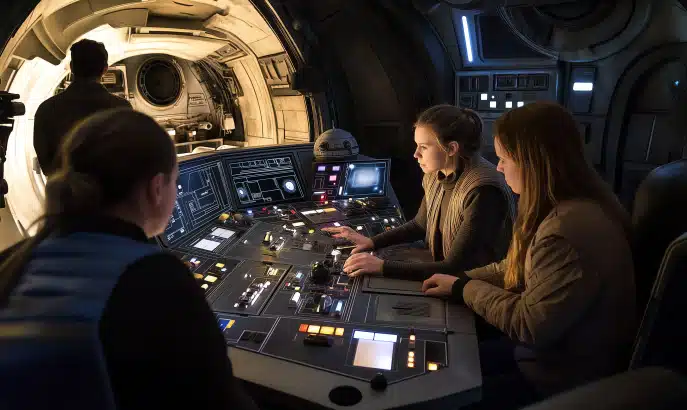
Behind the Scenes: Female Directors and Writers in the Disney Era
Another important aspect of Disney’s Star Wars feminist credentials is what happens behind the camera. While George Lucas’ Star Wars universe was largely dominated by male creatives, Disney has made some progress in bringing more women into the fold, albeit gradually.
Kathleen Kennedy, the head of Lucasfilm, has been instrumental in pushing for more female involvement in the franchise. Notably, The Mandalorian and other upcoming series like Ahsoka have featured female directors, including Bryce Dallas Howard and Deborah Chow. These moves signal a shift toward a more inclusive production environment, but the effort still feels somewhat behind the curve. For a franchise as vast and influential as Star Wars, the representation of women behind the scenes is still a work in progress. Disney deserves credit for taking steps in the right direction, but it’s clear there’s room for improvement.
Progress or Tokenism? The Verdict
So, is Disney’s handling of female empowerment in Star Wars genuine or performative? The answer, much like the Force, is complicated. On one hand, the rise of characters like Rey, Leia, Jyn Erso, and even Holdo represents a significant shift from the male-dominated narrative of the Original Trilogy. Disney has undoubtedly introduced more female characters, and it has brought women into more leadership roles, both on screen and behind the camera.
However, the depth and complexity of some of these characters—particularly Rey and Holdo—leave something to be desired. There’s an air of tokenism around certain moments, where it feels as if Disney is ticking off a box on a diversity checklist rather than fully committing to nuanced, well-rounded female heroes. Rey, despite her central role, often feels more like an embodiment of empowerment than a fully fleshed-out character, while Holdo’s brief presence lacks depth.
In contrast, characters like Leia and Jyn Erso offer more compelling examples of female empowerment that feels natural, earned, and authentic. As Disney continues to expand the Star Wars universe through films, series, and spin-offs, the hope is that future female characters will evolve beyond the surface-level representation we’ve seen in some cases. Because if there’s one thing we’ve learned from the galaxy far, far away, it’s that the Force is strongest when it’s balanced—and the same goes for gender representation.


